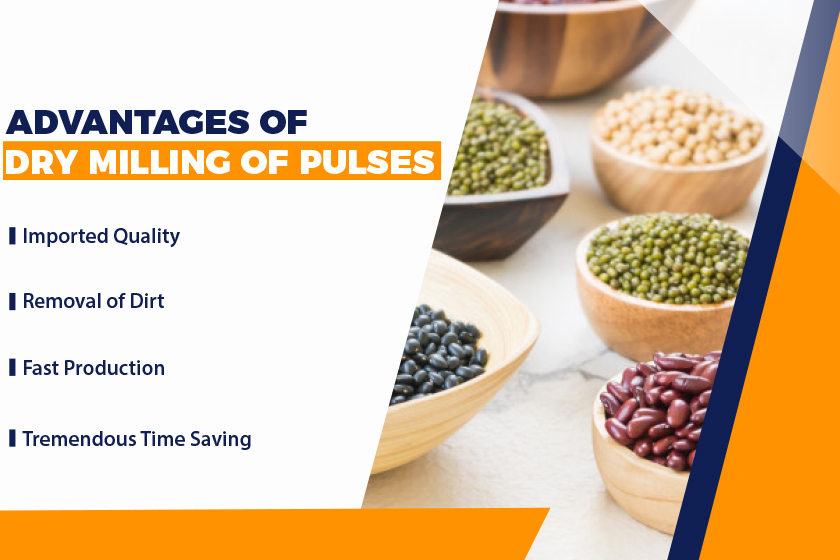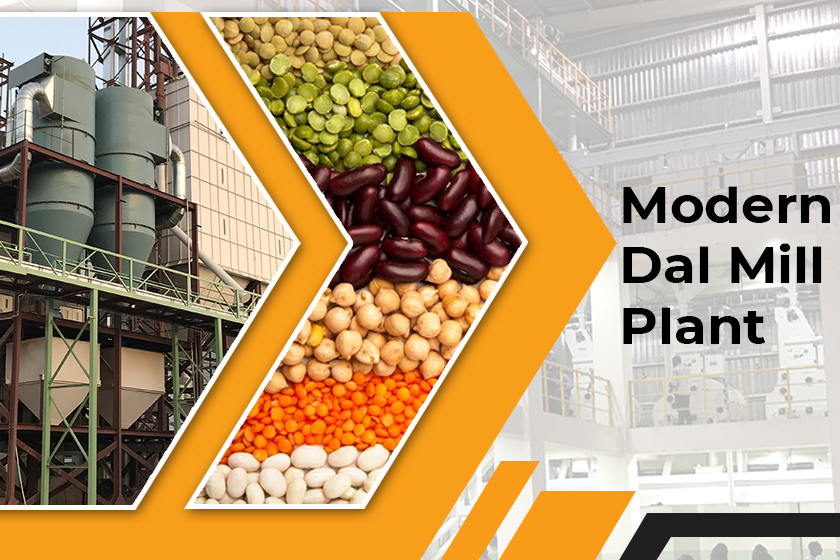Pulses are highly consumed across the world for their wider health benefits. Pulses are also called as Dal, and it is consumed in the form of dehusked splits. The outer layer of the Pulses or grain is called as husk, and it is mainly attached with starch and protein bearing the cotyledons. Milling of the Pulses is the process in which the cereal grains will be grounded into the flour. In most of the traditional methods, it is followed by grinding the grain between stones or quern stone and hand stone.
In the modern-day, the dry milling of pulses is quite important for various reasons:
-
Improved Quality:
With the dry milling of pulses, it is an easier option for removing the presence of a layer of gums in between the husk as well as cotyledons. So, it would automatically increase the growth rate and enhance the quality to the maximum. With the advancement in technology, pulses and grains are milled much easier, and it is categorized in the easy-to-mill pulses. Outer husk layers are mainly separated from cotyledons and split into two halves so that they can be consumed.
-
Removal Of Dirt:
The de-husking process will be carried on for improving product appearance, palatability, product quality, and digestibility. With the substantial amount of avoidable loss have been taking place in various stages of milling. However, all the dirt will be automatically removed.
-
Fast Production:
Pulse milling is considered as the 3rd largest processing industry compared to the flour and rice milling. Dry milling of pulses is a faster process giving more benefits in the production rate. It is estimated that about 75% of pulses have been produced has been processed for the dal in the mills. Most of the people mainly prefer to have dry pulses instead of the wet pulses. Top Grain Milling Solutions offers the dry milling of pulses with advanced techniques without losing the quality.
-
Tremendous Time Saving:
Dryers are used for ye process for easily drying the Grains, and it does not consume much more energy compared to the other process.
Summary:
There are lots of advantages are associated with mills of pulses and you leverage more by setting up a professional pulses mill with the help of Rice Mill Engineers & Designers.
 MAIL US :
MAIL US :
 CALL US :
>
CALL US :
>

